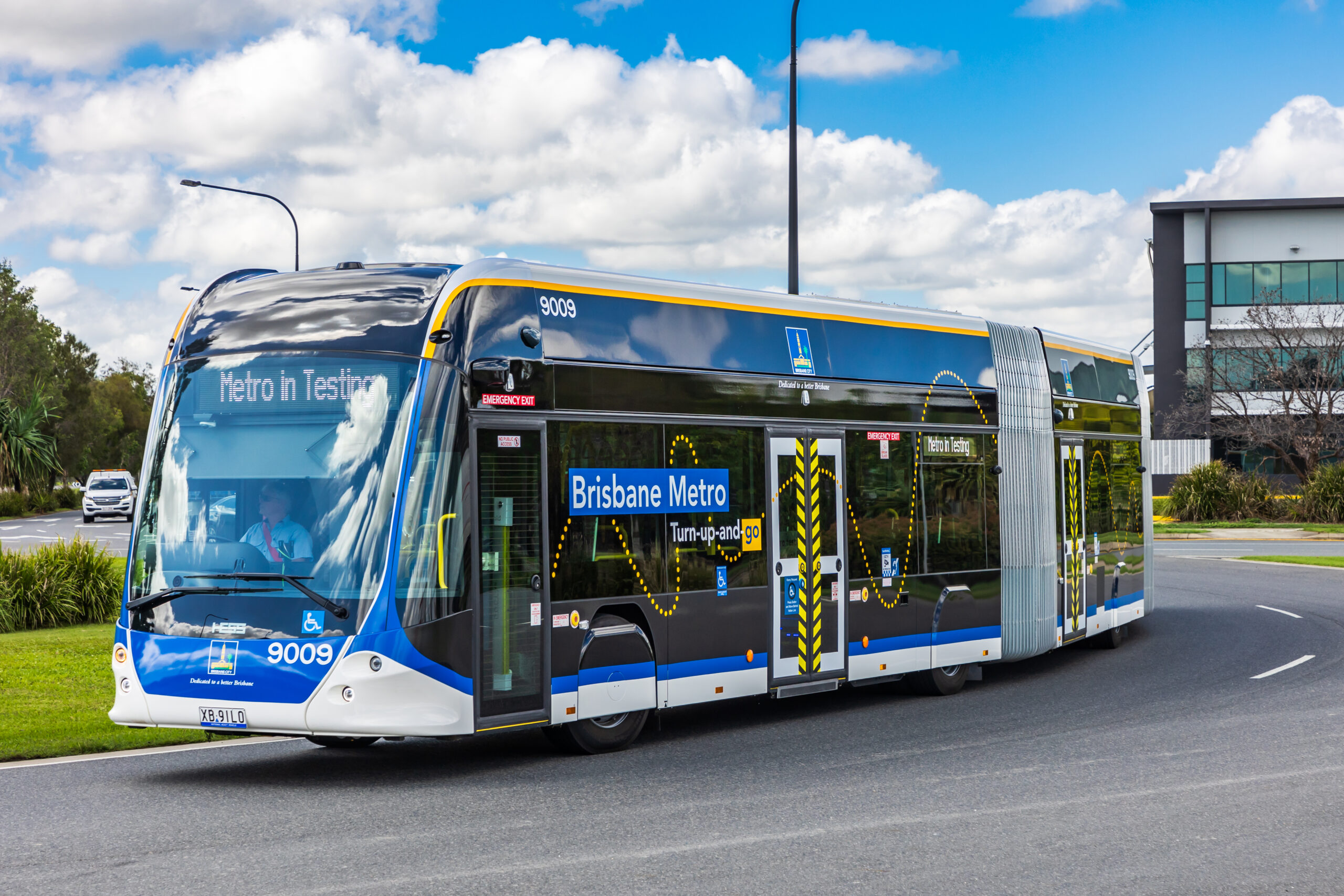Hexagon has expanded its autonomous mining division through a key acquisition.
Companies like Hexagon are continually challenged to not just innovate, but to also ensure systems work together in harmony.
The company has embraced that challenge since launching its mining business 10 years ago.
Hexagon’s recent acquisition of indurad and its autonomous haulage subsidiary, xtonomy, marked a significant step towards realising the company’s vision of fully connected and integrated mine workflows.
indurad’s unique offering of 1D, 2D, and 3D radars and RTLS (real-time locating systems) solutions expands Hexagon’s solutions in collision avoidance, positioning, digitalisation, process optimisation and automation.
The ability to understand unique problems from pit to port, complemented by its radar expertise, enables indurad to deliver digital twins that are otherwise next to impossible to achieve with other sensors.
Hexagon plans to release the fifth version of indurad’s collision avoidance and proximity detection system, iProximity, in 2025.
The fourth version of iProximity uses hardware at a gate or entry point, hardware in vehicles and equipment, and personal transponders installed in helmets, which transmit to each other and to dedicated antennae.

Image: Hexagon
An in-cab processor alerts operators using a red, yellow and green light system. Green indicates no transponders within 100m, yellow means a transponder is within 100m, and red indicates a transponder is within 25m.
An in-cab display gives additional information, such as direction or position and distance. System data is transmitted to a server, which can use a mine’s pre-existing Wi-Fi or LTE (long term evolution) network.
iProximity’s technology integrates multiple frequencies and concurrent algorithm processing, creating a simple, low-cost, precise, and reliable solution deployed in mines worldwide.
The next generation of iProximity goes one step further using ultra-wideband. New features will be based on new time-of-flight and phase difference of arrival (PDoA) measurement capabilities. The upgrades will help improve tracking performance and reduce the false positives that annoy operators.
Historically, the system can generate a significant amount of data that is often left unused. Now the goal is to liberate the data and better understand what is going on underground.
Coming to the market in 2025, iProximity G5 features an event replayer, which, supported by cameras, enables users to see exactly what happened around a piece of equipment.
The system operates mostly peer-to-peer and in most cases requires no new infrastructure. Hexagon expects the reliability of the system to help increase operator acceptance.
“The whole idea is to get the right information at the right time to the people operating the machines,” Hexagon senior product manager Florent Garin said. “What we want is a system that warns you and shows what is around you but is not intrusive.
“I see iProximity G5 as a platform, and our adoption of the system represents a commitment to the future. Today it is a collision avoidance system, but tomorrow we will have the possibility to do more.”
The indurad acquisition is part of a greater safety journey Hexagon is on with its customers.
The company began 2025 with 65,000 collision avoidance systems deployed in more than 100 open-pit and underground mine sites worldwide, the largest global install base on the market.
As Hexagon expands its portfolio, customers can expect an integrated ecosystem of safety solutions that unify collision avoidance, operator alertness and intervention systems.
This feature appeared in the March 2025 issue of Australian Mining.




